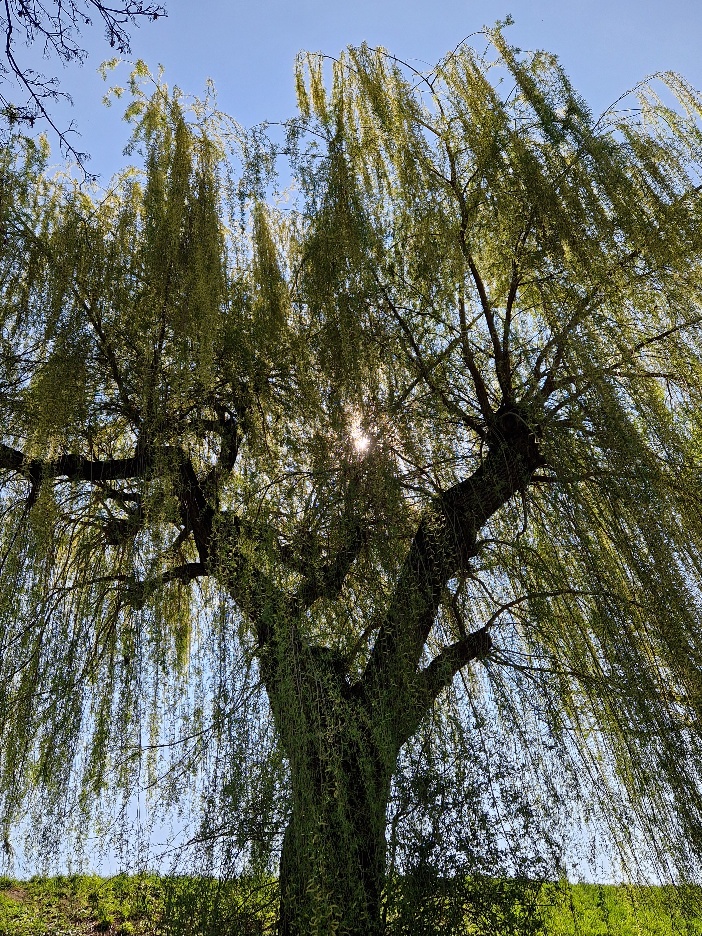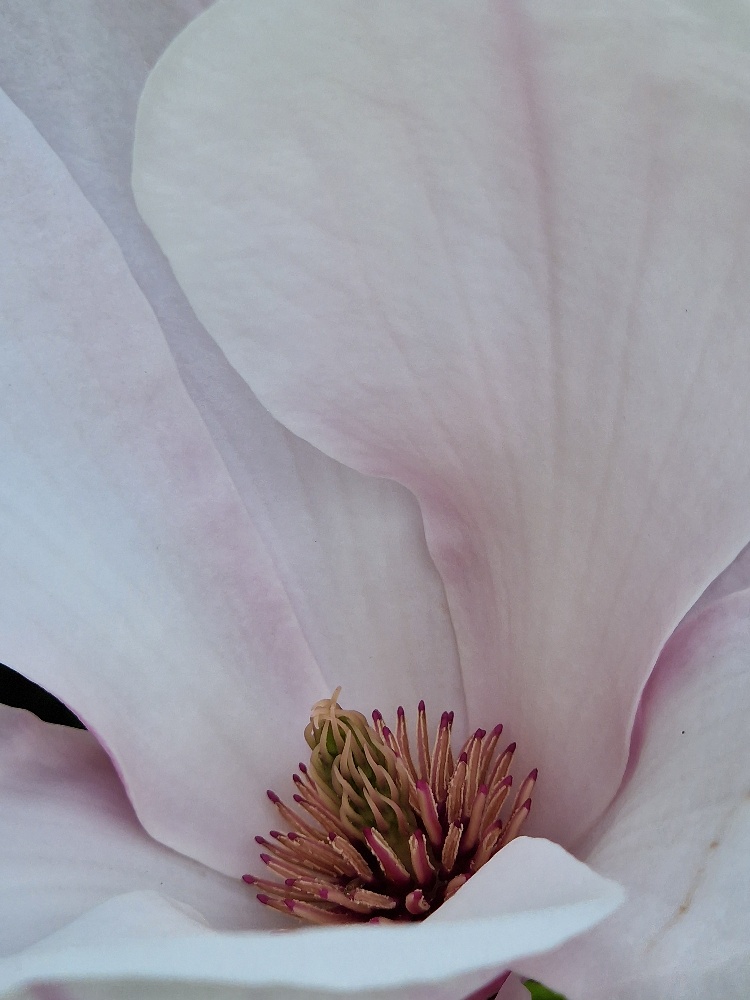Set your life on fire. Seek those who fan your flames.
Rumi
A house is not a home unless it contains food and fire for the mind as well as the body.
Benjamin Franklin
The difference between a good life and a bad life is how well you walk through the fire.
Carl Gustav Jung
White minds….get in the way of our accessing our universal minds and spirit. (They) reduce and isolate,…..see Nature as a force that must be tamed and used up with no regard for the future. They cannot understand that they are part of Nature,….that Nature is one with all of us.
Anne Wilson Schaef, `Native Wisdom for White Minds´
Our Celtic ancestors engaged in a wide range of rites and rituals on May 1st. Since the Celtic day began at sunset, celebrations would have commenced at dusk on April 30th. We can often read in contemporary literature that the May Day rituals were intended to ward off the evil Spirits and were believed to bring good luck. In contemplating how such ideas could have made their way into the folklore, I believe this may be only one side of the coin.
The other is that, on such occasions the `spirits´ of the souls on the `Other Side´ (do `evil spirits´ exist or are `good´ and `evil´ merely the labels we place upon them?) were more available and accessible to communication with those of us on this side of the Great Threshold, because we believe that to be so. This has been my experience again this year.
`Bealtaine´ (pronounced: bee-owl-te-nah) is the Gaelic name of this festival which occurs on May 1st . It typifies our Irish ancestors’ dual spiritual tradition: predominantly Christian since the 6th century, infused with enduring vibrant pagan elements. The Roman Catholic church tried and failed many times to get the Irish people to fully renounce their old pagan rituals and superstitions. In many instances, the church simply combined Christian with pagan festivals in their efforts to subsume them, just as they built their cathedrals on the previously revered locations of the pagan traditions.
A major dual Celtic pagan and Christian festival, Bealtaine marks the start of the Celtic summer. The stretch in the days is remarkable at this time in these northern latitudes, a welcome change after the long weeks and months of winter darkness. This festival is also seen in Ireland as the month of Our Lady, the Blessed Virgin Mary.
Such significant calendar events provided our farming ancestors with reassurance of the regularity of the cosmic rhythm and reminded them when to sow and when to reap. Bealtaine is one of the four major Irish Celtic annual festivals along with Samhain, Imbolc and Lughnasa. It signifies the return of the light and is widely observed throughout Ireland, Scotland, and the Isle of Man, while May Day is observed throughout Europe in a variety of ways. Most notably, since the late 19th Century so influenced by Karl Marx and Friedrich Engels, it has become a day of solidarity among what used to be called the `working classes´, and now an opportunity to protest against the rampant material disparity, social injustice, and inequality of opportunity in our global post-industrial society.
Fire played a special part in the ancient rituals. The fire in Bealtaine celebrations symbolises the return of the sun after winter. Some theories suggest that fire rituals are based on a type of imitative or sympathetic superstitions. Certain practices were to ensure a plentiful supply of sun for the growing season. Bonfires were lit and their flames, smoke and ashes were believed to have cleansing, fertilising, and protective powers.
It marked the time on the farming calendar for cattle to be driven out to the summer pastures. Rituals were performed to encourage growth and to protect the cattle, crops, and people. The people and their cattle would walk around the bonfire and in some cases leap over the flames or embers. These rituals involving fire were to symbolically cleanse, burning away moribund influences which no longer served the community, marking a new beginning in the farming year.
By the 19th century, our farming ancestors dwelt in thatched cottages (the dominant building type in the Irish countryside). Although the majority worshipped under the Catholic religion, many elements of Bealtaine persisted, and some continue to this day.
The fire in the hearth was the central focal point for all activities in the cottage. Not only was it the only source of warmth, but it was also the means by which cooking and baking were accomplished. The fire at all other times of the year was never allowed to go out, but all household fires were ceremonially quenched on May Day and then re-lit with fire from the Bealtaine bonfire outside. This is a remarkable example of `reset´ stemming from a time long before we have learned that re-booting our devices from time to time is often necessary and always beneficial!
Anything that was related to the profit of the house, such as dairy products and tools, was not given away at this time, as it was believed that to do so was to give away the profit of the year. Important goods were therefore not allowed to leave the house. Out of respect for these beliefs, and to retain the luck of households, no water or fire, not even to light a pipe, was ever asked for or taken from the home on May Eve or May Day.
I grew up in a house where fires were lit every day of the year. I have rekindled that ritual in my adult life, with a fire or stove in my dwelling which is in use every day from October to April. My sense is that the TV has superseded the open fire in the homes and psyches of our people. I much prefer the fire, a preference based on countless hours of `fire-watching´ in my childhood. You will find no TV in my abode.
Water and flowers play important roles in the celebration of Bealtaine. Water drawn from local holy wells at this time was considered especially potent and flowers left at holy wells on May Day were also believed to be restorative. Many pagan Celtic traditions were incorporated into Marian veneration, the most notable of which was the collection of flowers. Flowers were used to decorate grottoes, altars, and Marian shrines, as well as crowning statues of the Madonna in processions.
May altars in the home were also decorated with flowers. These holy spaces in the home, flanked by pictures of saints, Our Lady, and the Sacred Heart, replaced the tradition of pagan offerings to the gods likely to have been in Irish homes since the dawn of time. Seasonal bluebells, mimicking the blue associated with Our Lady, were and still are popular.
Decorating a May Tree was traditional in many parts of Europe. In Ireland, a tree or bush was decorated with ribbons or shells and placed near each individual dwelling. It was usually white thorn, the most potent of faery trees which flowers in May. A green bough hung over the door, woven from sycamore, was also believed to bring good luck. Some believe that customs like these are a remnant of a very ancient pagan tree worship, another form of communication with the spirit world. As in all indigenous cultures, every manifestation of creation, from the stones to the plants, insects, birds, and animals were considered to be as equally inspirited as humans and even their gods.
Although May was heralded with joy, an element of the magical lay behind the merriments, with protection against unseen forces given an urgency at this time. This was especially believed to be the case between sunset on May Eve and sunrise on May Day, when the invisible spirits were regarded to be at their most potent.
Since the advent of depth psychology and the proliferation of the work of great 20th Century explorers such as Carl Gustav Jung (collective unconscious), Joseph Campbell (myth as the universal cartography for the unfolding of life), and the great teachers from the shamanic traditions, as often quoted by Anne Wilson Schaef (eco-logy – `unity consciousness´ as opposed to ego-logy – `anthropocentric supremacy´, separation from Nature) we have become conscious of the beneficial aspects of communion with the `spirit world´, such that the old bias regarding `evil spirits´ can now be laid to rest and a more hospitable and collaborative approach assumed.










